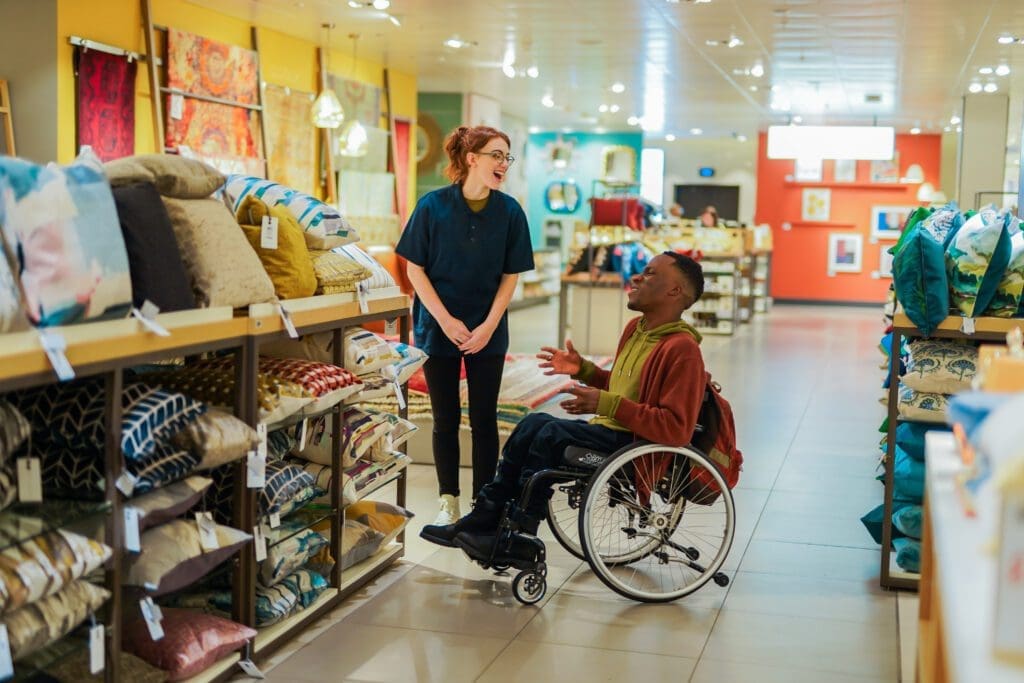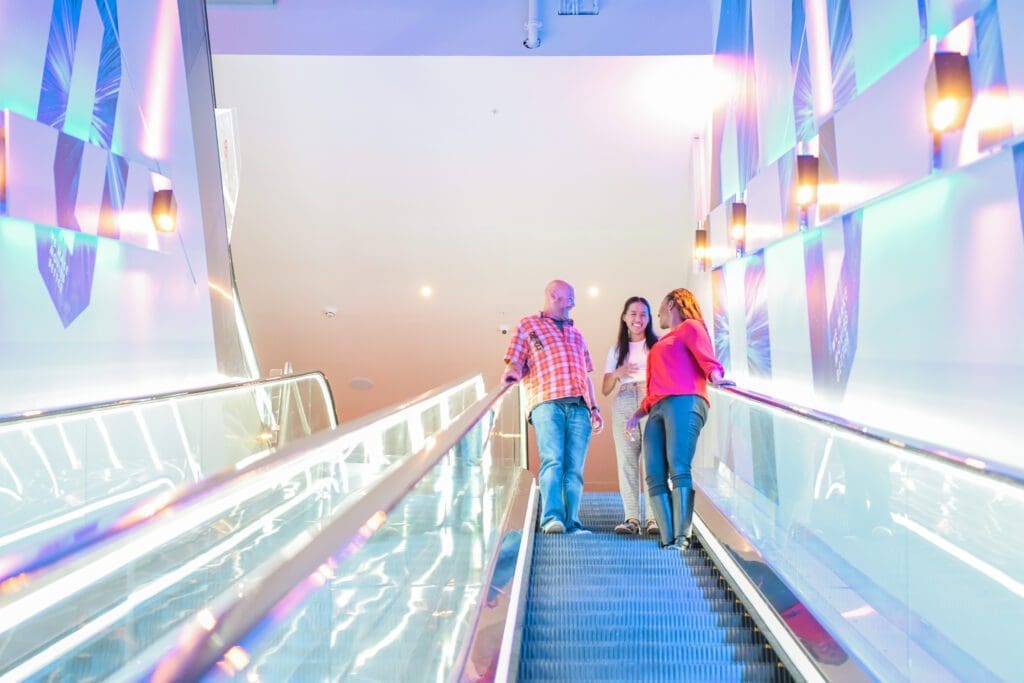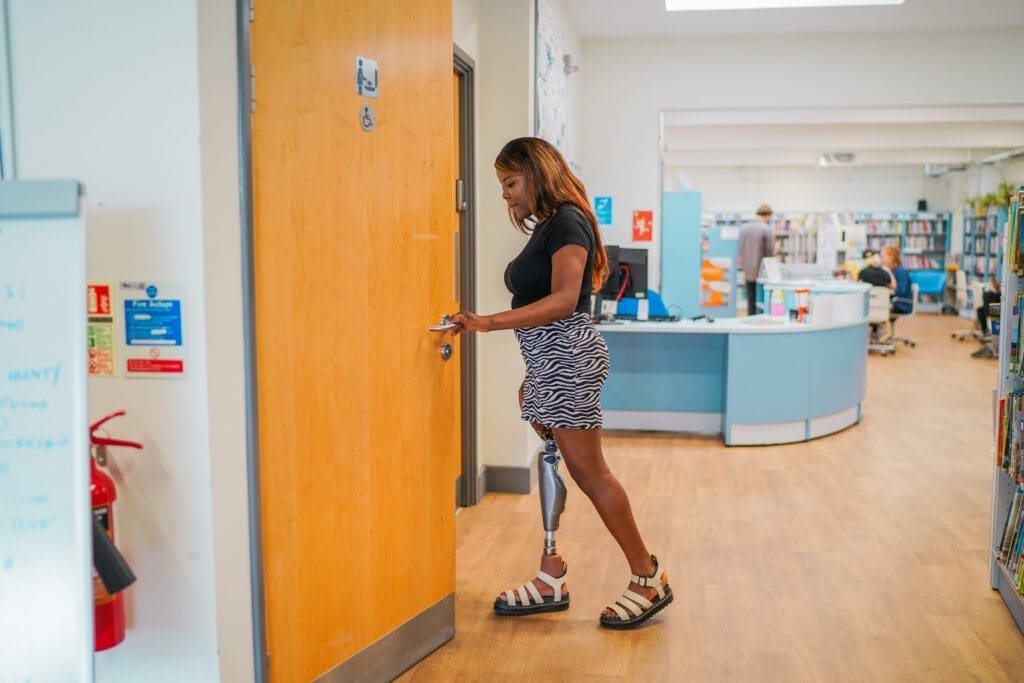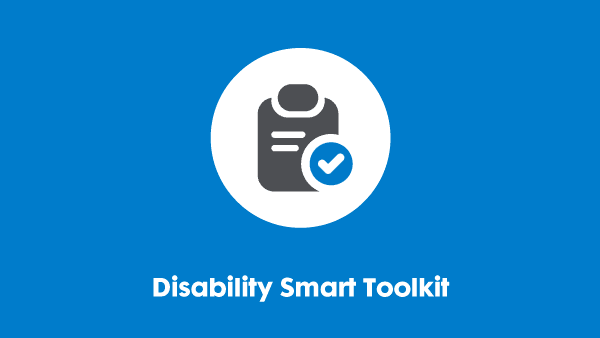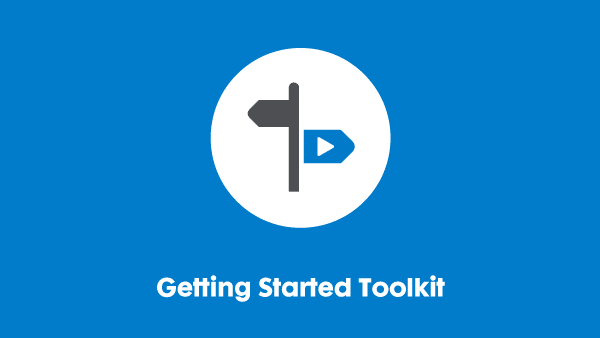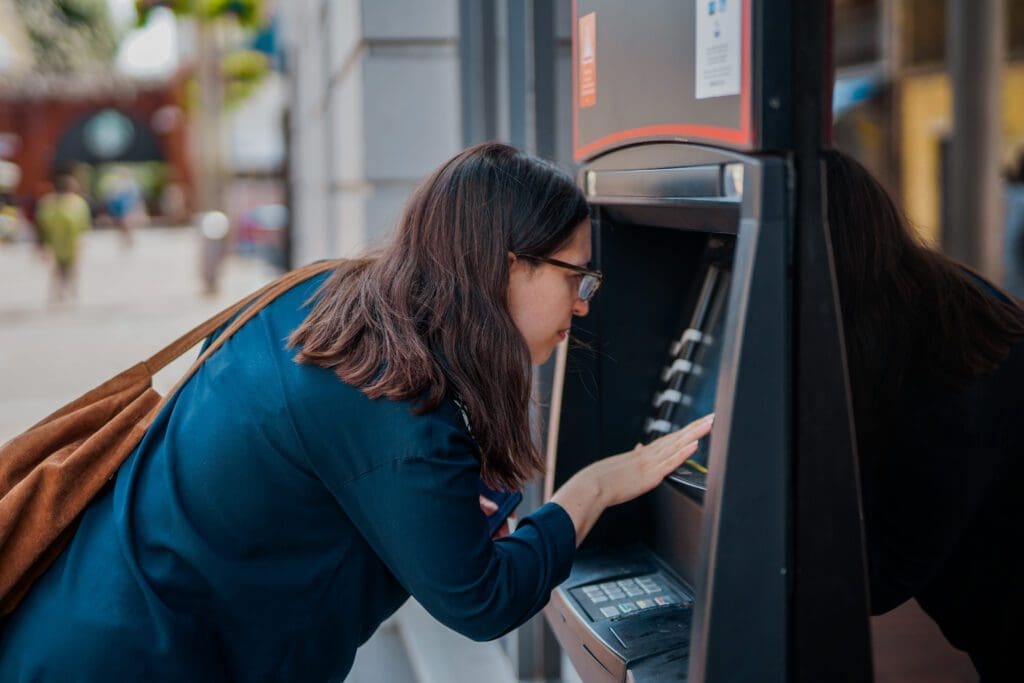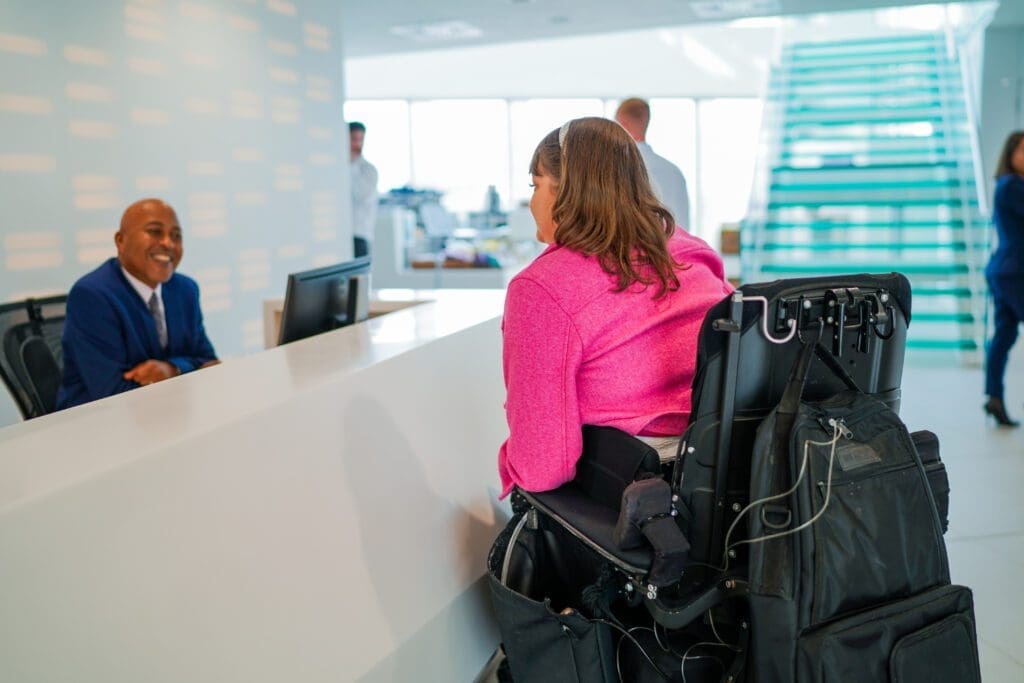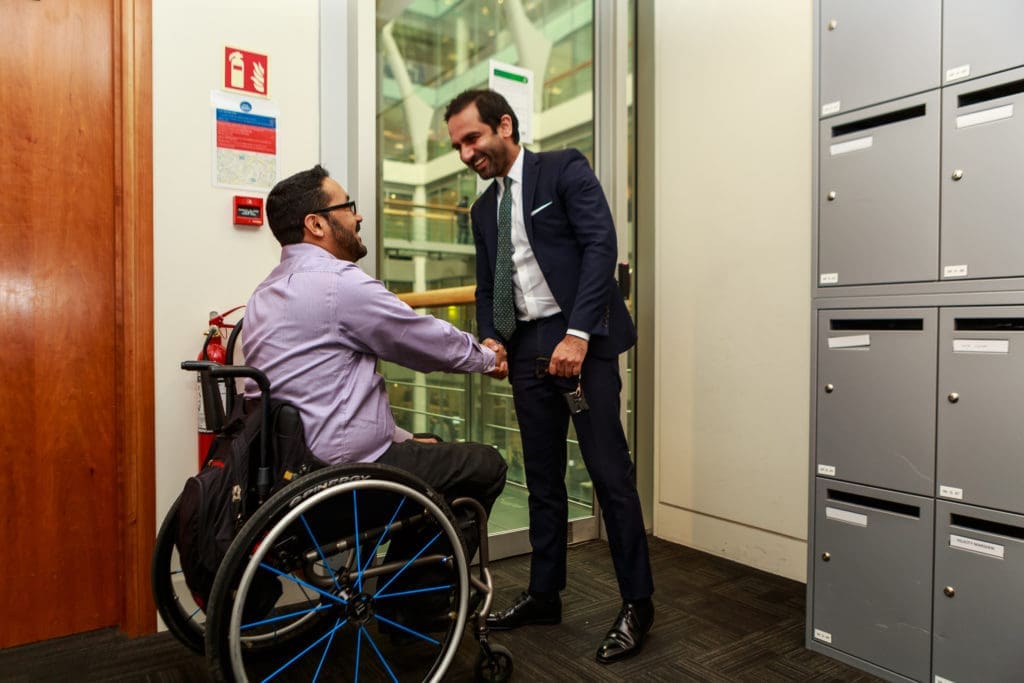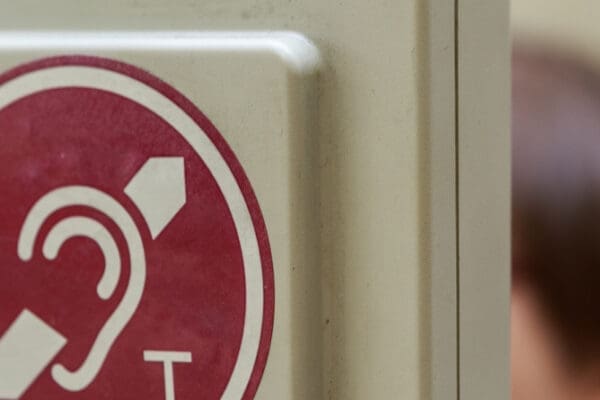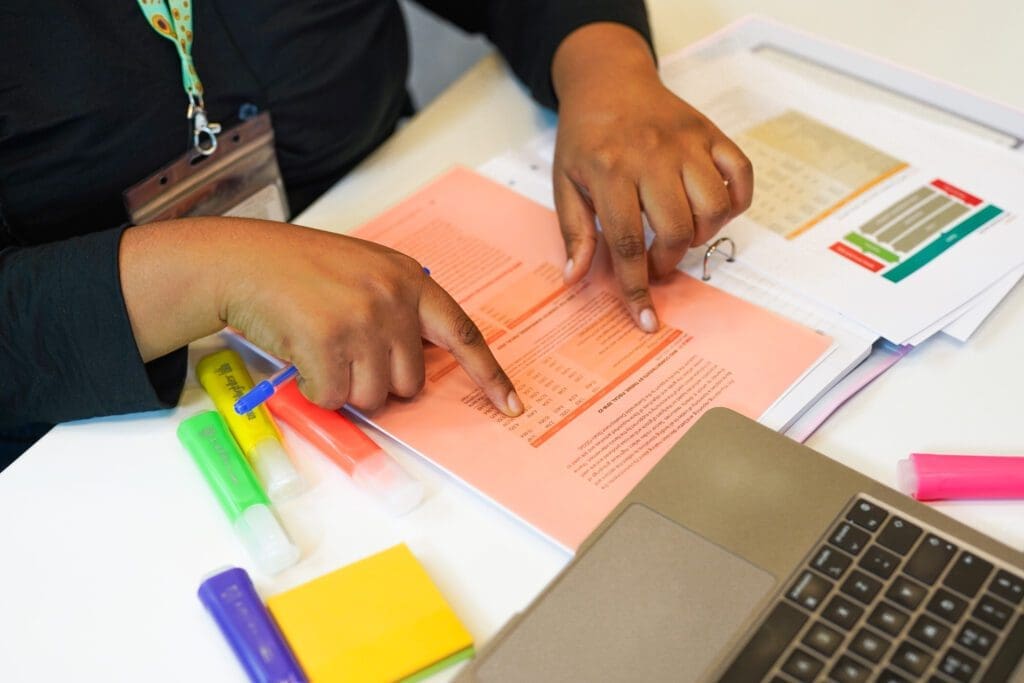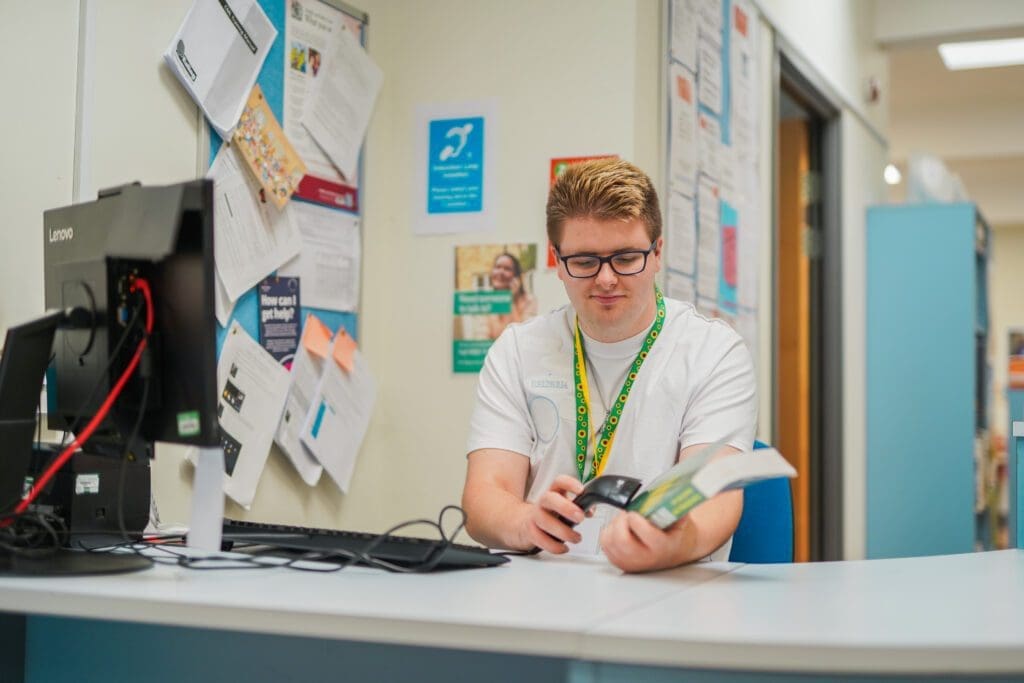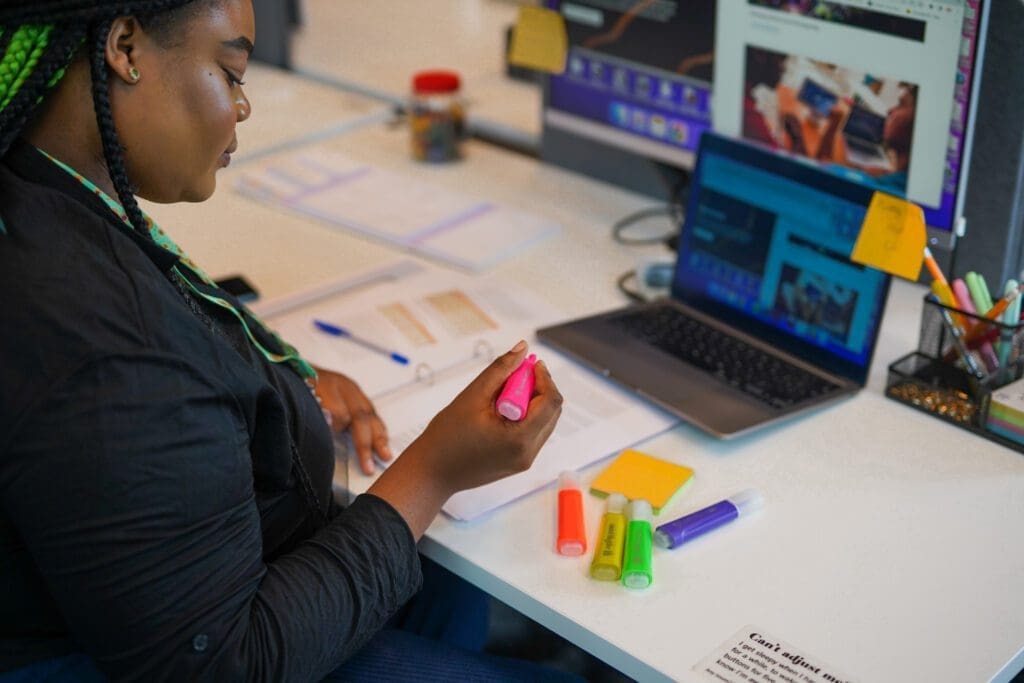Introduction
Disabled consumers are a vital part of every business – whether as customers, service users, or clients. The spending power of disabled consumers and their households in the UK is estimated at £274 billion.
What disabled consumers choose to buy and why covers spending decisions in seven key sectors of the economy based on research we conducted in 2021.
Guide to Welcoming disabled customers covers condition and disability-specific guidance, including welcoming customers with sight loss, mental health conditions, or autism.
Some resources in this collection are free and open to all. Members and Partners enjoy exclusive access to the full range of Knowledge Hub resources plus additional membership benefits. Find out more about membership.
What disabled consumers choose to buy and why
In 2021 we commissioned research by Open Inclusion (supported by Microsoft) into what disabled consumers buy and why. Here we present the findings as seven sector reports and one main report.
Foreword by Diane Lightfoot – What disabled consumers choose to buy and why
Foreword by Microsoft – What disabled consumers choose to buy and why
Report – What disabled consumers choose to buy and why
Banking and insurance – What disabled consumers choose to buy and why
Days out and leisure – What disabled consumers choose to buy and why
Holiday accommodation – What disabled consumers choose to buy and why
Hospitality – What disabled consumers choose to buy and why
Retail – What disabled consumers choose to buy and why
Technology – What disabled consumers choose to buy and why
Utilities – What disabled consumers choose to buy and why
Welcoming disabled customers
How to make sure your organisation welcomes new and returning customers, clients and service users.
Guide: Welcoming disabled customers
Guidance on the principles of welcoming disabled customers, including where to begin.
Welcoming disabled customers: Introduction
Welcoming disabled customers – Getting started
Getting started: Quick tips
The importance of welcoming disabled customers
Welcoming disabled customers: Workbook
Supporting customers struggling to pay their bills
Premises accessibility checklist
Everyone welcome: How to make your store inclusive for all
Delivering inclusive and accessible customer service
Communicating effectively
Talking to disabled customers on the phone
Appointments with disabled customers
Providing services to disabled customers in their home
Condition and disability-specific guidance on welcoming disabled customers
Guidance on welcoming customers with specific disabilities or health conditions.
Customers who are blind or who have sight loss
Customers who are deaf or have hearing loss
Customers with conditions affecting speech
Customers with conditions affecting mobility
Customers with a disfigurement or visible difference
Customers with conditions affecting learning or communication
Customers with autism and Asperger’s syndrome
Customers with dyslexia
Customers with mental health conditions
If you require this content in a different format, contact enquiries@businessdisabilityforum.org.uk.
© This resource and the information contained therein are subject to copyright and remain the property of the Business Disability Forum. They are for reference only and must not be copied or distributed without prior permission.


